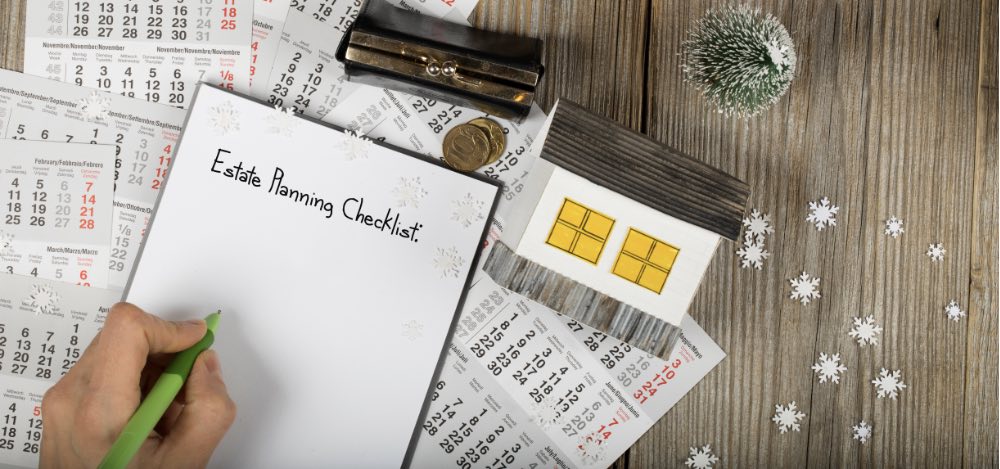
Estate planning is the process that allows you to designate what happens to your assets when you become incapacitated or die. Using a checklist can help you get started.
1. TAKE INVENTORY
Make a complete list of all your assets. While you’ll want to include the obvious ones like your home and bank accounts, don’t forget about other valuables like jewelry and artwork. And if you have any recent appraisals for your home or jewelry, use those to estimate the value of your assets.
2. REVIEW YOUR NEEDS
Do you have children that you need to provide for and are they young enough that you need to name a guardian for them? Do you have enough life insurance to support your family, if needed? Take a careful look at what your family will need and talk with your financial professional to initiate a plan.
3. CREATE DIRECTIONS
You’ll want to ensure that all your directives are current, in writing and in compliance with your state’s laws. A trust can help you bypass the probate process and provide control of how your assets are distributed. A medical directive, also called a living will, lays out your medical wishes in the event you are unable to make decisions for yourself. And a durable power of attorney allows you to appoint someone to handle your financial affairs if you’re unable to do so for yourself.
4. REVIEW DESIGNATED BENEFICIARIES
It’s good to review your beneficiaries regularly and certainly after major life events, like having a baby or getting married. Ensure the beneficiary information on life insurance and retirement accounts align with your will. If there are differing beneficiaries, your state’s laws may dictate that designated account beneficiaries trump what your will says.

